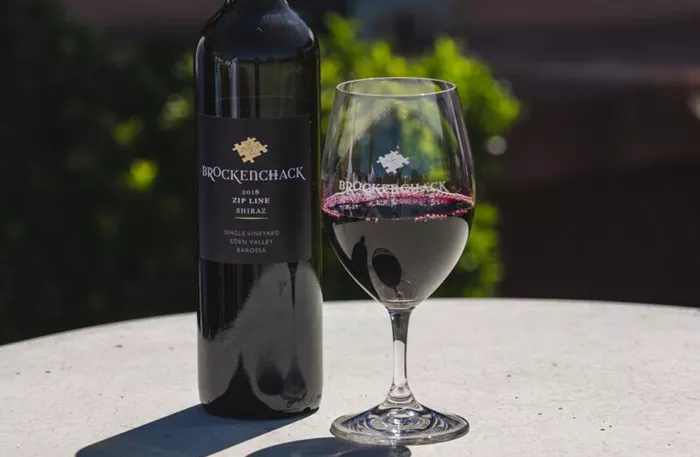The European Commission has introduced a proposal aimed at simplifying the legislation surrounding de-alcoholised wines, including the official recognition of the term “alcohol-free wine.” This move is set to replace the existing terms “de-alcoholised wine” and “partially de-alcoholised wine” with two distinct categories.
Maxime Toubart, chairman of the Champagne winegrowers’ organisation (SGV) and vice-chairman of the national AOC producers’ organisation (CNAOC), explained that the new system will feature clearer terms for consumers. Under the proposal, wines with an alcohol content between 0% and 0.5% ABV will be labeled as “alcohol-free,” while those with an alcohol content ranging from 0.5% ABV to at least 30% below the minimum alcohol level for the geographical indication (typically 8.5% ABV) will be classified as “alcohol-light.” This change is expected to enhance clarity in the market.
The proposal, which was driven by the needs of the de-alcoholised wine industry, responds to growing consumer demand and seeks to align more closely with practices seen in other beverage categories, particularly alcohol-free beer. Stéphane Brière, chairman of the no-low collective, expressed his approval of the European Commission’s efforts to simplify the terminology. He noted that the previous use of “de-alcoholised” was technically accurate but often confusing for consumers, complicating marketing efforts for these products.
While the proposal marks a significant step forward, it still requires approval from European co-legislators, including the Council and Parliament. In the interim, the no-low collective has urged the Commission to implement stringent regulations regarding the use of “alcohol-free” and “alcohol-light” labels. Brière cautioned that some products, such as non-fermented or partially fermented grape juice, might seek to use the new designations, potentially causing consumer confusion. The collective emphasized the need for clear guidelines to prevent this from happening.
You Might Be Interested In:


